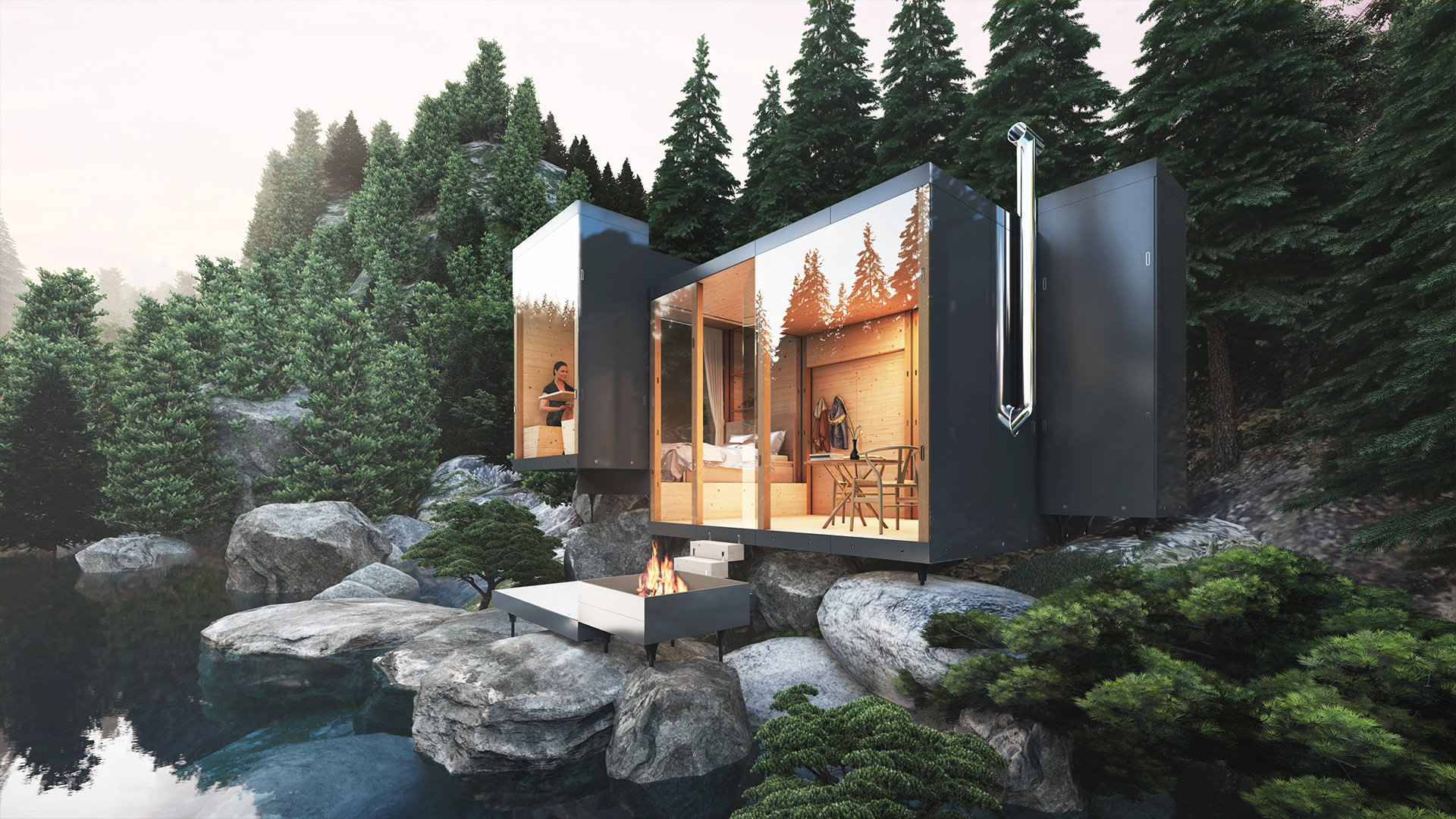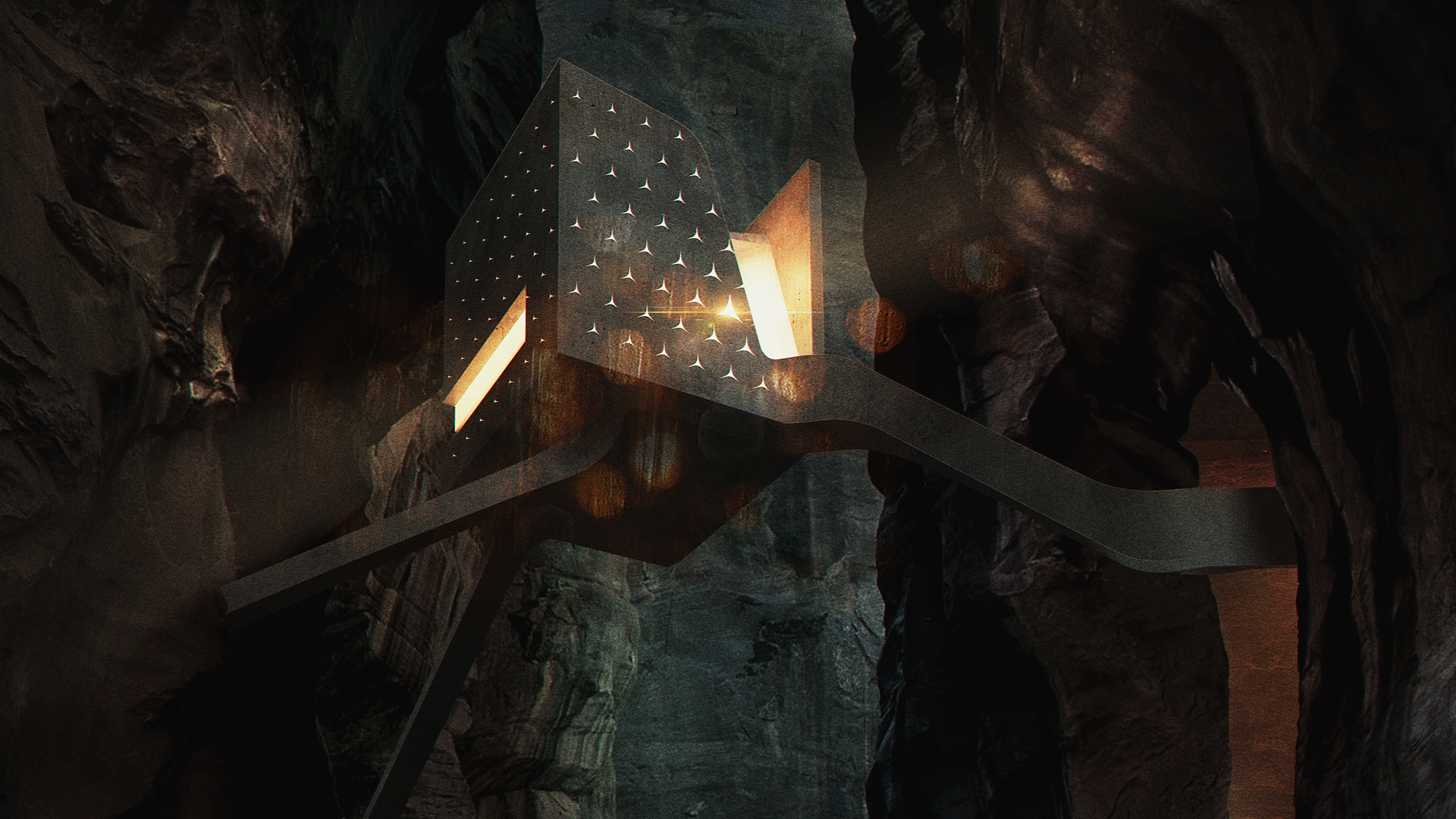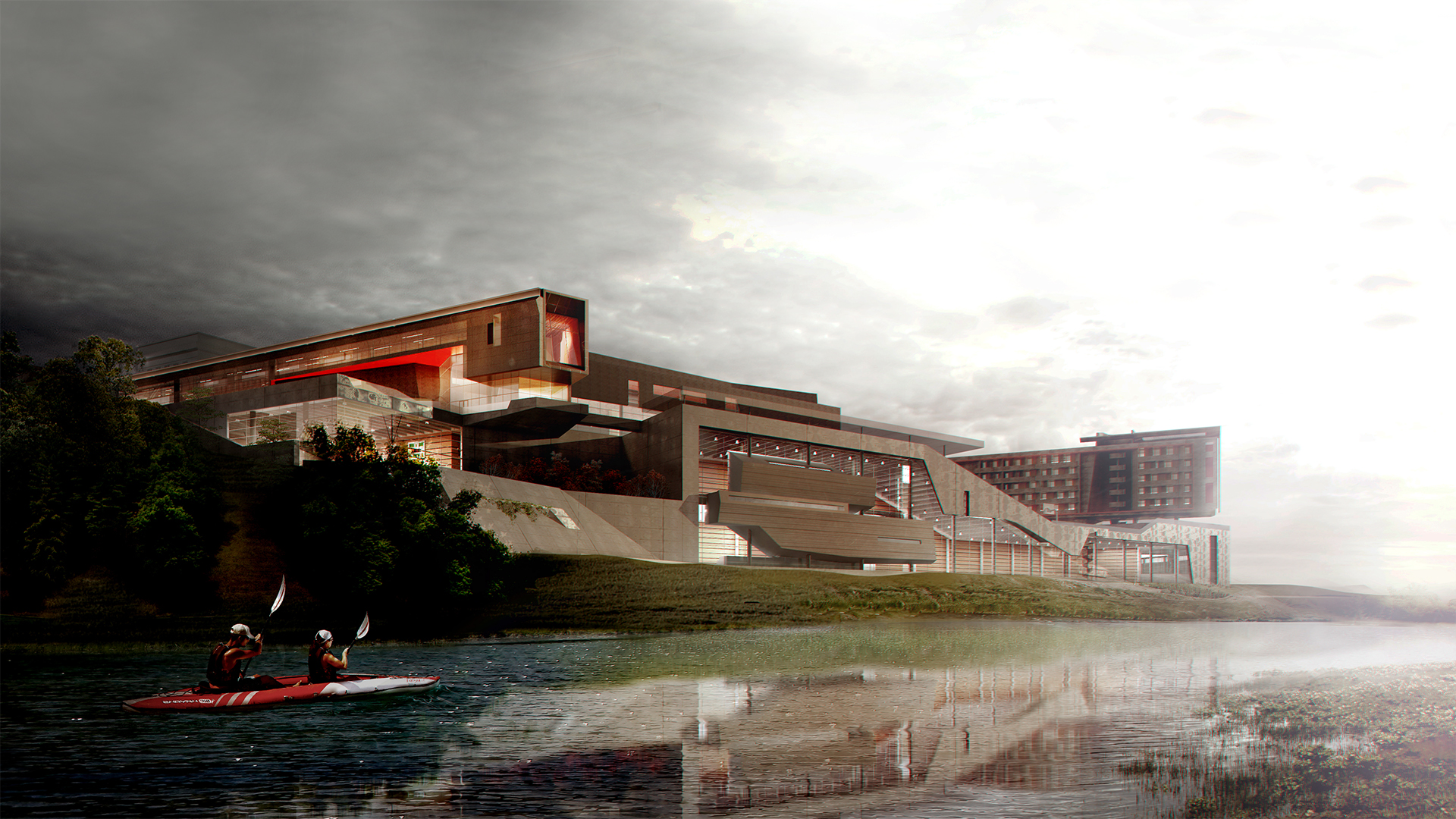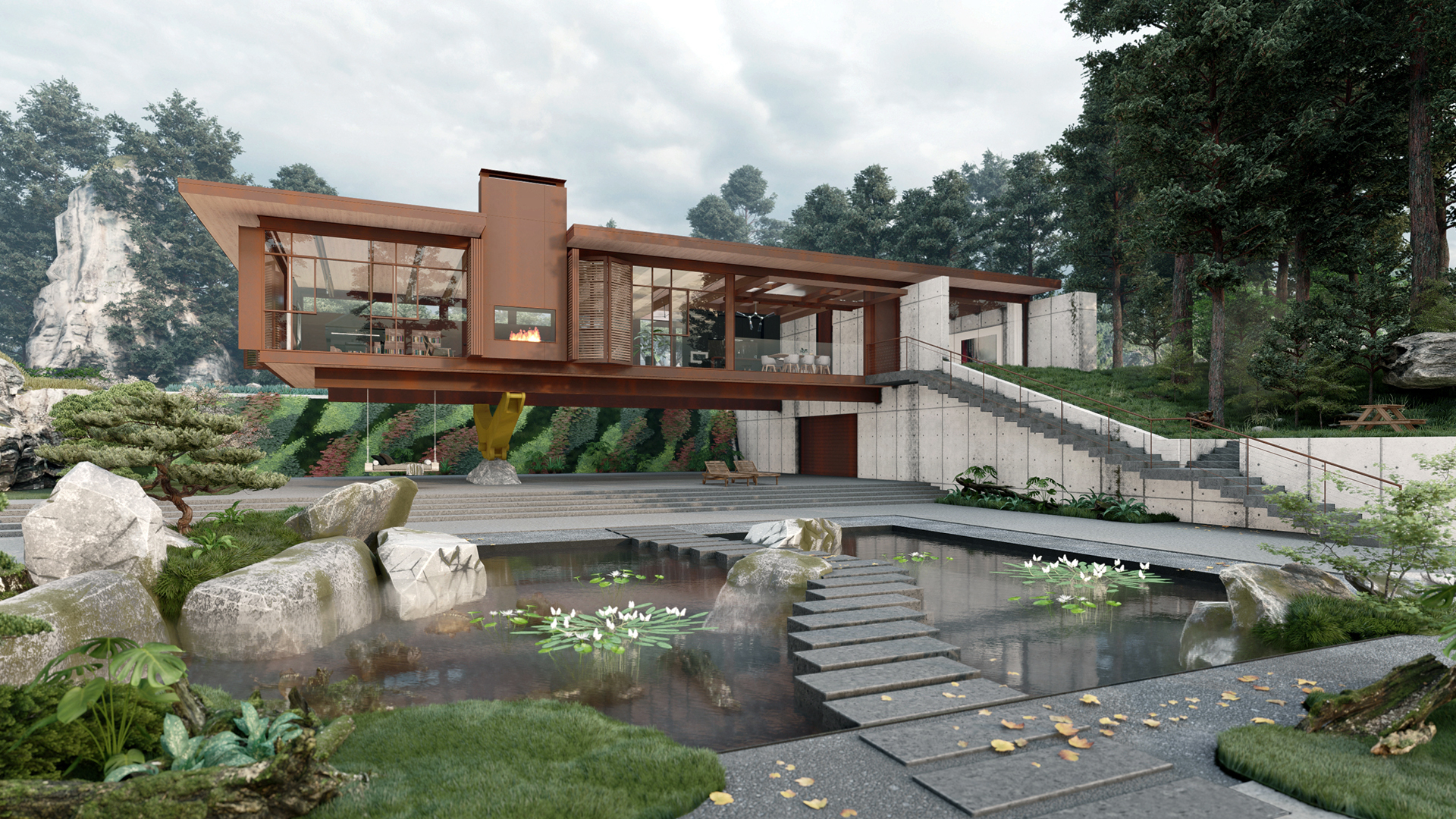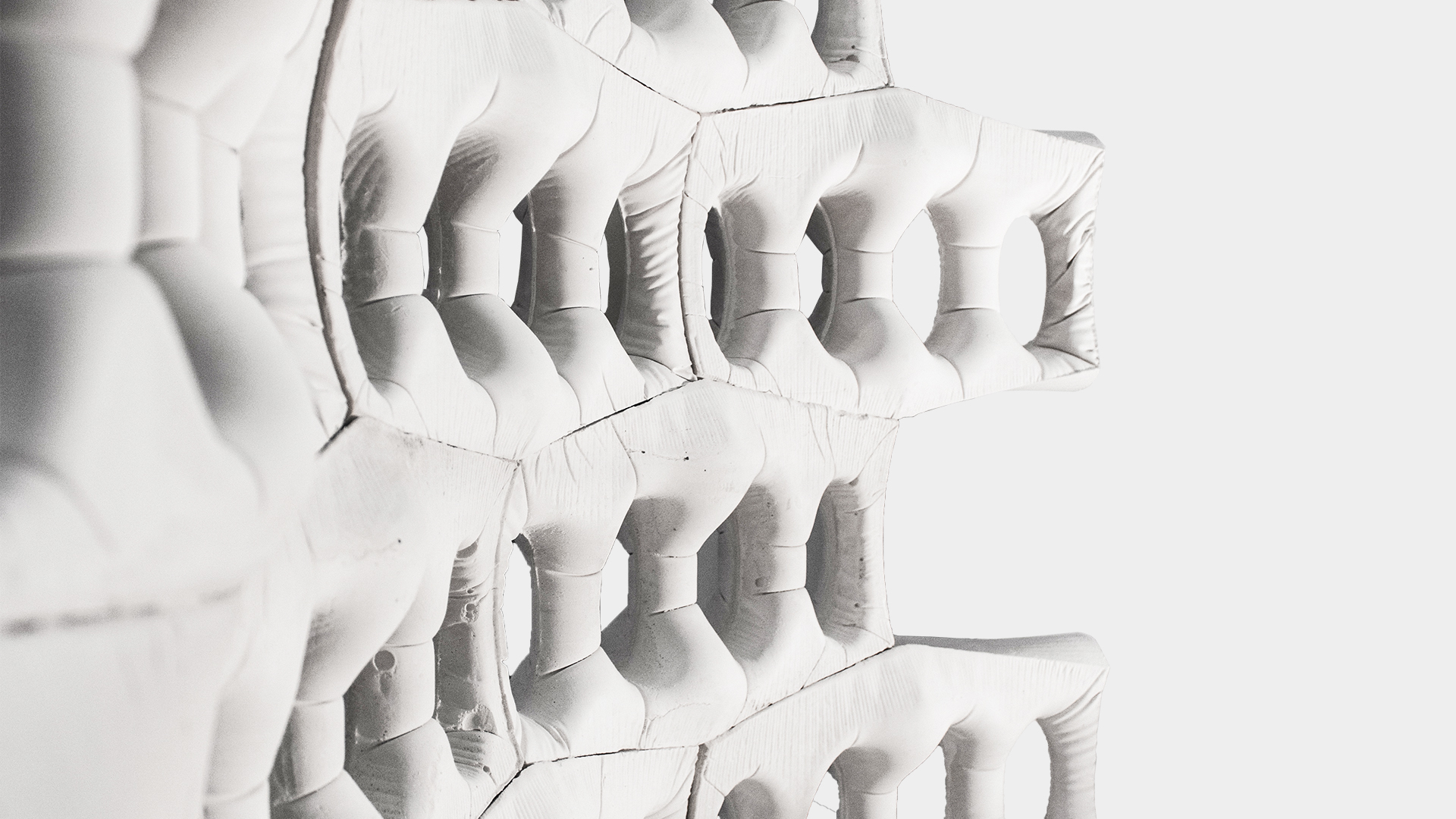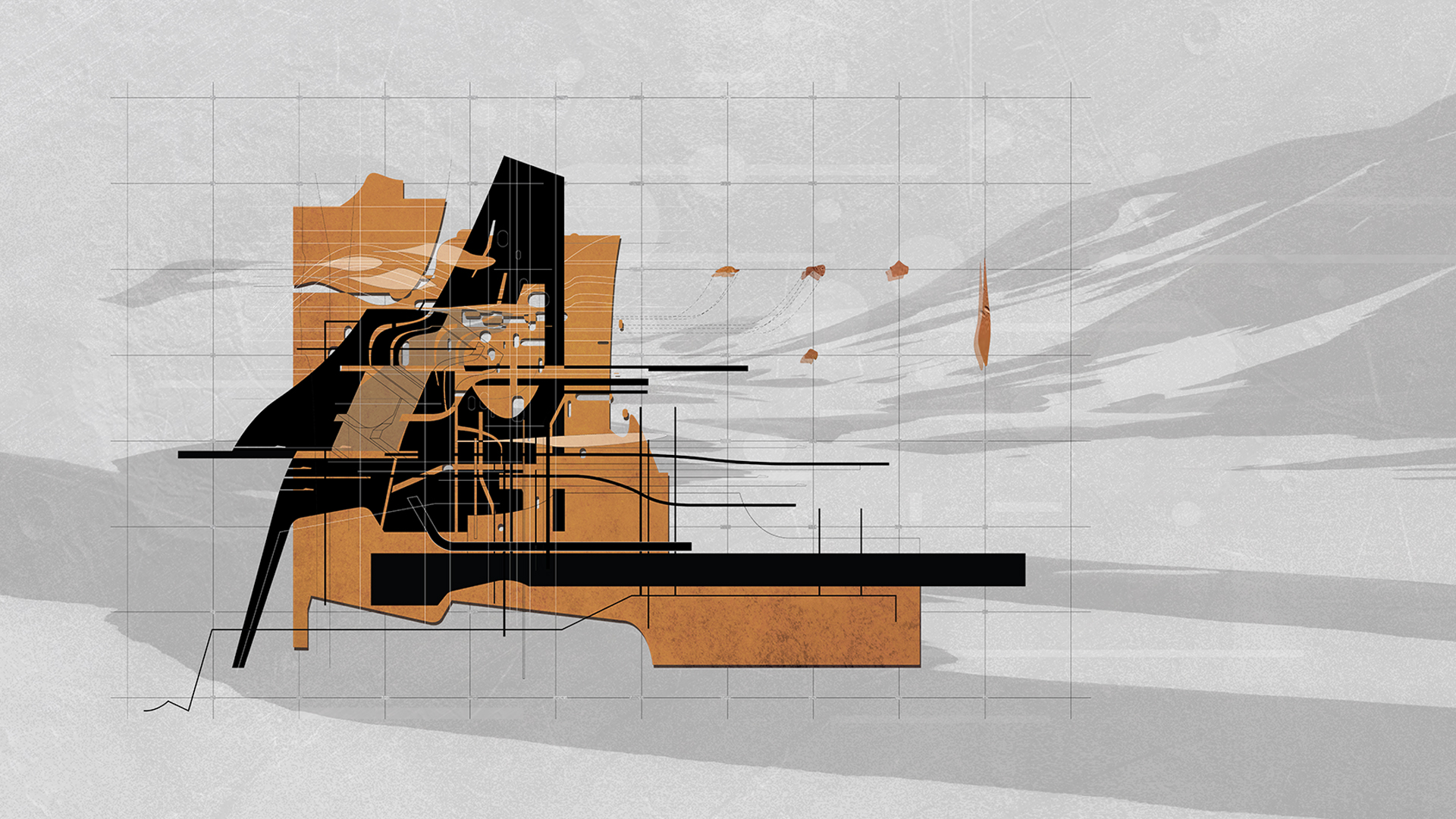
The World Wide Fund for Nature Observation Cabins, Albinia, Italy
Honorable Mention - Young Architect Competition 2021
To care is to understand and to fall in love. In an effort to help understand the ecosystem, the new WWF’s Oases
structures are inspired by the invisible flight pattern of Avians. The new buildings use repetitive and morphing
structures to represent the motion of bird’s wings during flight, which is normally not captured in real-time, this
gives bird observation a different perspective. The activity of Bird Watching is now inspiring an architectural design,
similar to how it inspired the first known man-made flying structure, The Glider by Leonardo da Vinci. So how else does
falling in love with our Nature helps us?
The new structures are in grain with their rural surrounding. The typical pitched roof of Italian rural is frame by
frame morphing into an inverted pitched roof, providing a dramatic highlight to the more prominent programs of the
building. At the same time, intensifying visitor’s senses toward the building, and the image of bird’s motion during
flight is imprinted in their visit to the Center.

The program is required to have: one Visitor Center with the gallery, one Guest House with Restaurant, and three different typography of observation points for eye-level viewing, 6m above ground, and one with maximum view height above ground of 30cm.

View of Visitor Center on East side, with the entrance being announced and protected by the lowered-wing roof.
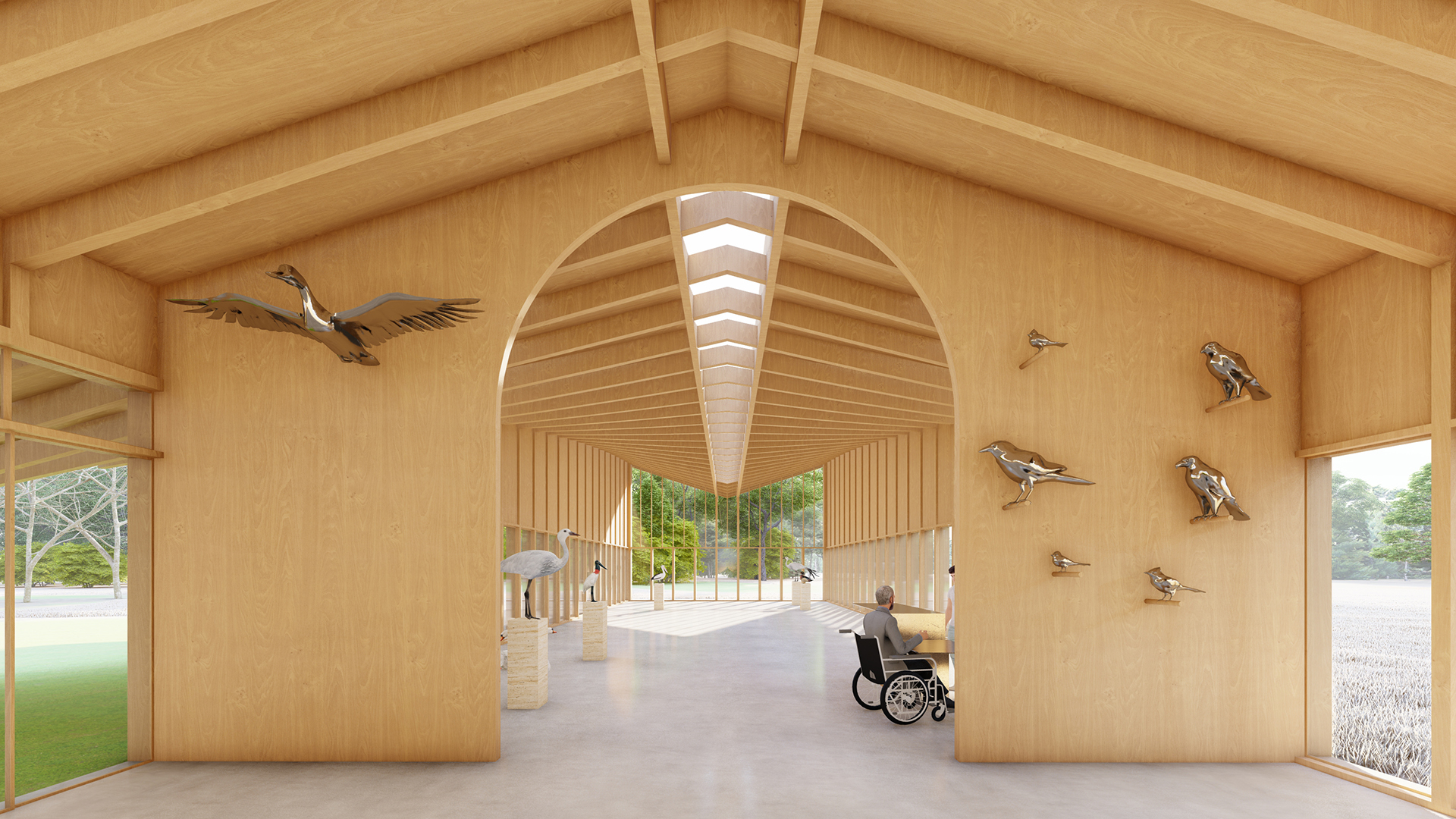
View from lobby toward the exhibition hall, showing the morphing structure representing the wing motion of flight from underneath.

View at Exhibition Hall, showing the taller ceiling space as a result of the morphed roof structures, making up the space for hanging installations.

View inside the guest room that opens up to the marshes on the west side, guest can enjoy the sunset with the silhouette of birds after a long day observing at a closer distance.
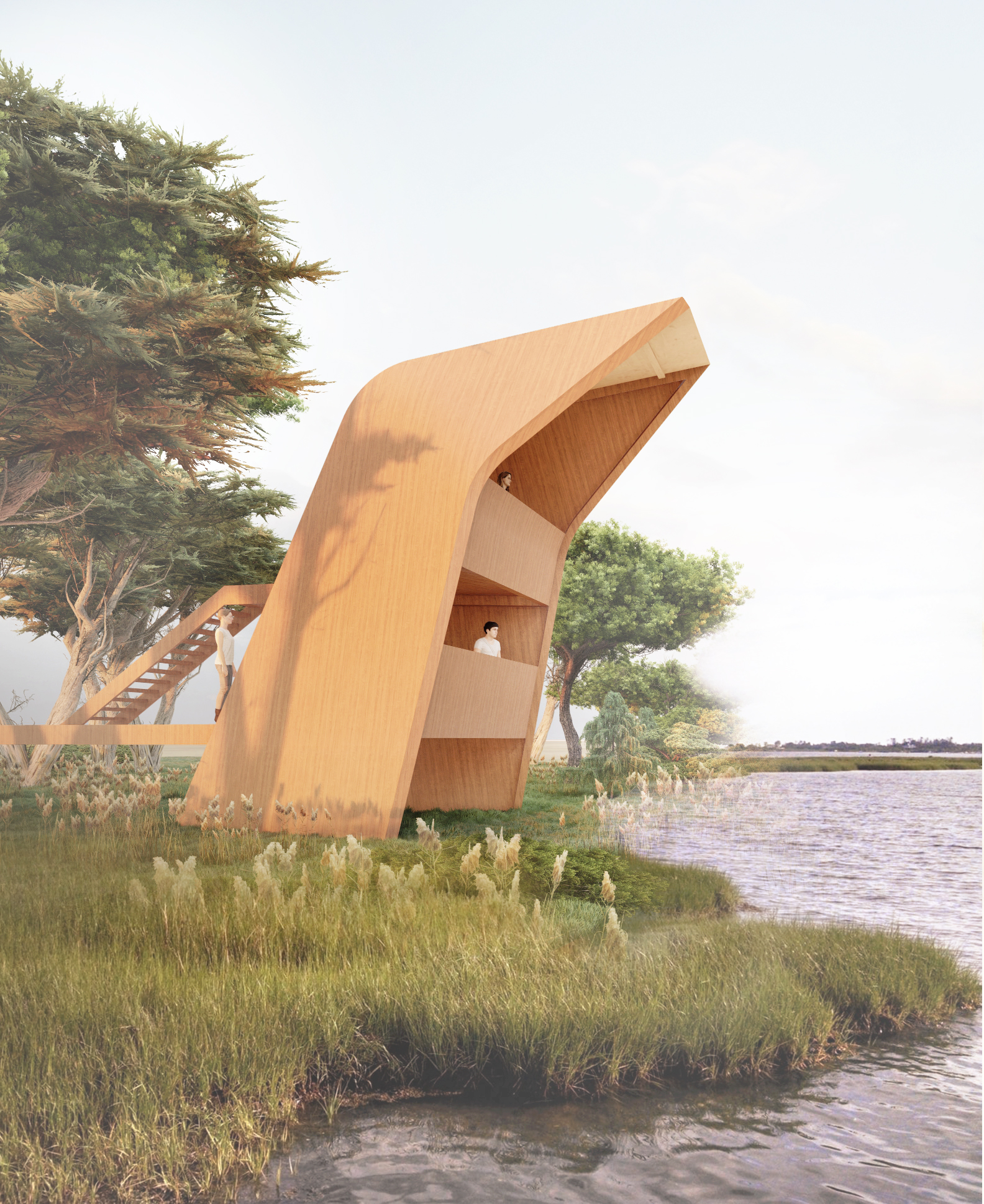
Inspired by the position of bird wings while landing, the tower offers two different levels for viewing outward to the marshes.

Inspired by the motion of bird wings while taking off, the ground level viewing structure starts out with a small, tight entry that then opens wide and up offering 270-degree viewing angle toward the marshes.

Inspired by bird species that float on water, the observation is formed as a floating structure with a ramp that allows the viewing point to be closer to the water. The roof structure can be compared to how bird wings are folded way.

